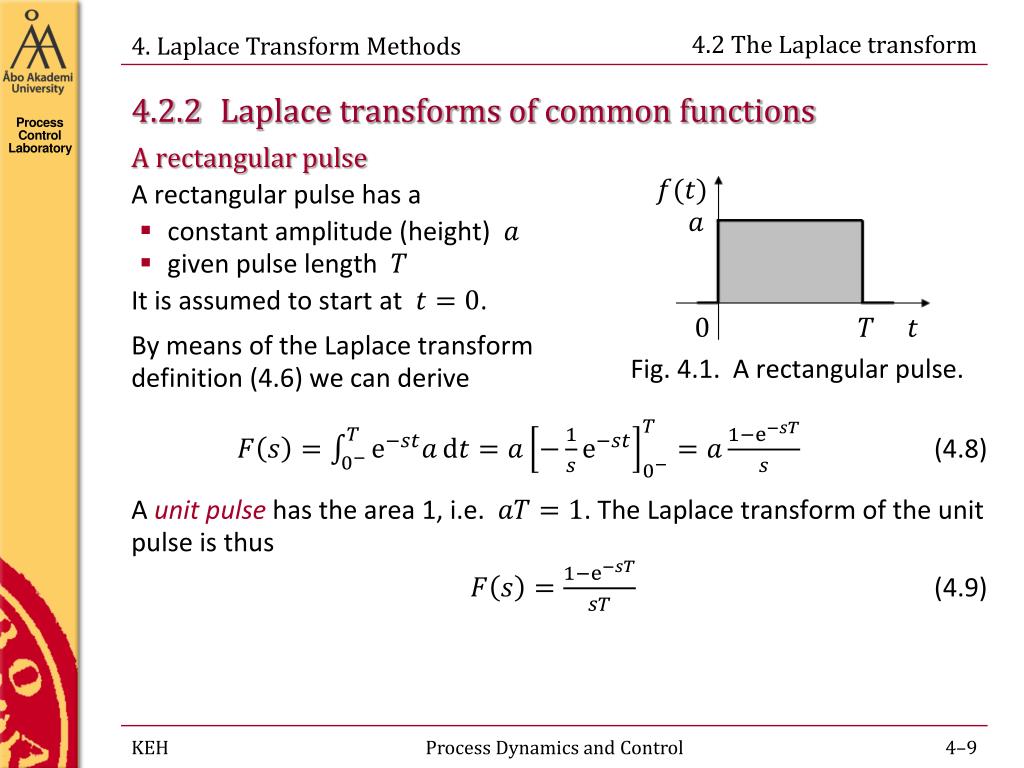
The Laplace transform of a step input is 1/s and so The output of a system is often denoted by c(t) and its Laplace transform by C(s) with the First order systems are straightforward to analyse but not particularly interesting. We will concentrate here on second order systems. The approach developed above can be used to calculate the transient response of linear systems. The order of the system is the order of Q(s).Ĥ.3.2 Calculating transient response to a step input These roots are referred to as poles of the system since G(s) becomes infinite at these values of s. The properties of G are determined by the roots of Q (s) = 0 (which is known as the characteristic equation). The resulting transfer function can then be written The linear assumption means that the properties of the system (eg G(s)) are not dependent on the state of the system (value of t or s).įor transfer functions, the initial conditions are assumed to be zero so thatĭifferential equations are transformed into the Laplace domain simply by replacing etc.

The transfer function of a linear system is defined as the ratio of the Laplace transform of the output of the system to the Laplace transform of the input to the system. Often in control theory the inverse transform is not taken since much can be concluded (regarding stability etc) from the form of F(s). Where the inverse transform L-1 can be found separately for each element. If required this can be split by partial fractions to give In many applications the transformed differential equation will turn out to be the ratio of two polynomials in s, for example The independent variable is often taken as time t. Laplace transforms are widely used in classical control theory. It is thus possible to rewrite any differential equation in terms of an algebraic equation for L(y).įour useful properties of Laplace transforms can be established. Hence the Laplace transform of any derivative can be expressed in terms of L(f) plus derivatives evaluated at x = 0.

This process can be repeated for etc, giving It tends to be done through the use of tablesįor application to differential equations we start by evaluating L(df/dx) using integration by Some examples are given in the table below:ĭeriving the inverse transform is problematic. It is used to convert differential equations into purely algebraic equations. It is a linear transformation which takes x to a new, in general, complex variable s. The Laplace transform is an integral transform given by


 0 kommentar(er)
0 kommentar(er)
